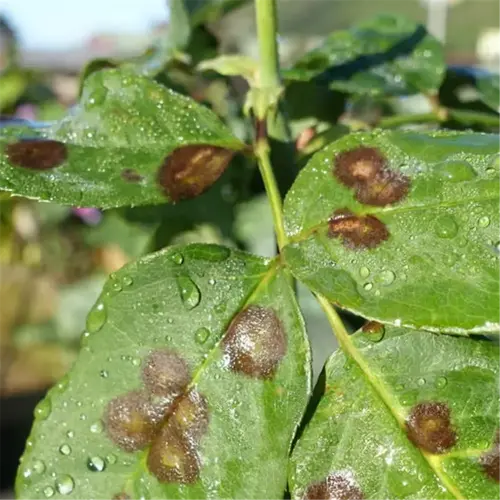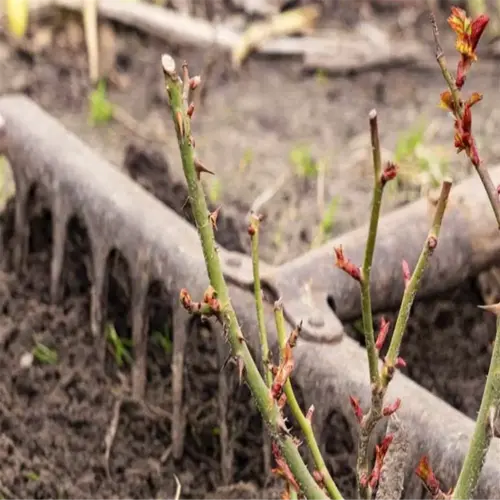How does overhead watering affect bacterial leaf spot?

Written by
Julia Anderson
Reviewed by
Prof. Samuel Fitzgerald, Ph.D.Overhead watering functions like a bacterial catapult. In an outbreak in Ohio in 2023, growers using sprinklers had infections that traveled 18 feet in 48 hours; growers that only used drip irrigation had only 3-foot distance of pathogen spread. The water droplets deliver the pathogens into leaf pores where the plant defenses are bypassed.
Mechanics of Spread
- Single water droplet carries 200-500 bacterial cells
- Splash zones extend 15ft (4.6m) from impact point
- Leaf wetness >4 hours enables infection
Prevention Tactics
- Install drip lines with 0.5 GPH emitters
- Water before 8 AM to allow daytime drying
- Use soil moisture sensors to optimize timing
The scale of a disaster is based on droplet size. Aerial systems produce droplet sizes of approximately 2-4mm, the optimal size droplets for bacterial travel. I have done tests and calculated that 500 colonies/ml of bacteria were present in the sprinkler run-off. In our war gardens, my recommendation is to use pressure compensating drippers that maintain 25 psi (1.7 bar). A Pennsylvania farm was able to reduce outbreaks by 85% with their new equipment.
Time is more important than volume: watering at dawn allows the leaves to dry by midday, which reduces fungal and bacterial activity. Use a smart controller that will initiate irrigation at 4 AM during the dew cycle. For example, I assisted a greenhouse in New York City end bouts of Botrytis by initiating watering at 5 AM and/or using soil tensiometers.
Read the full article: Bacterial Leaf Spot: Complete Guide to Identification and Control

